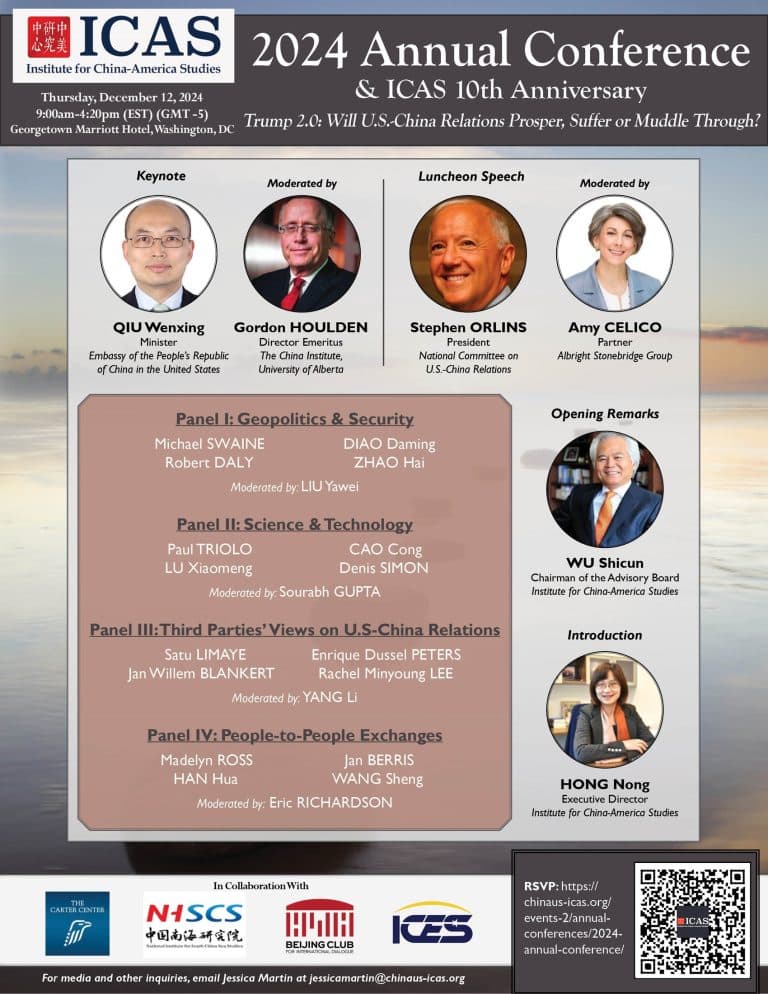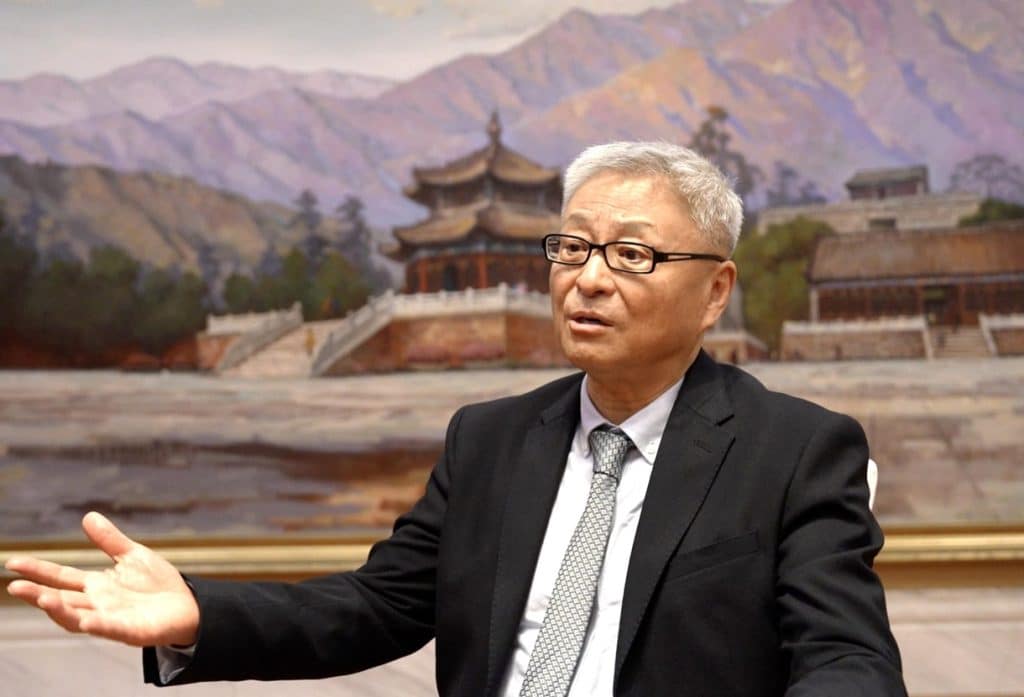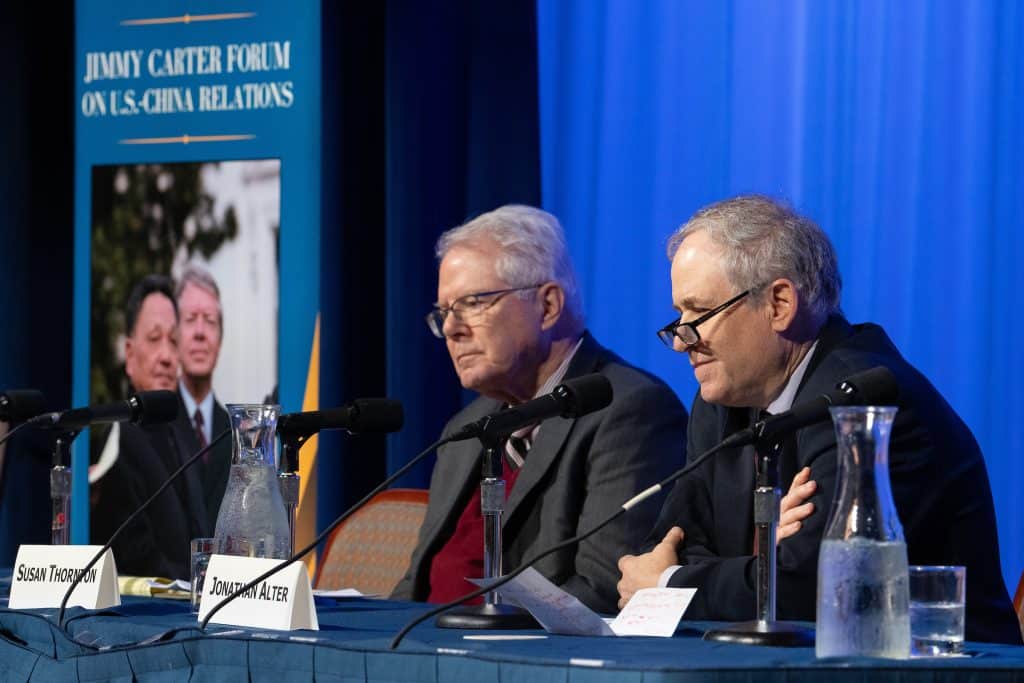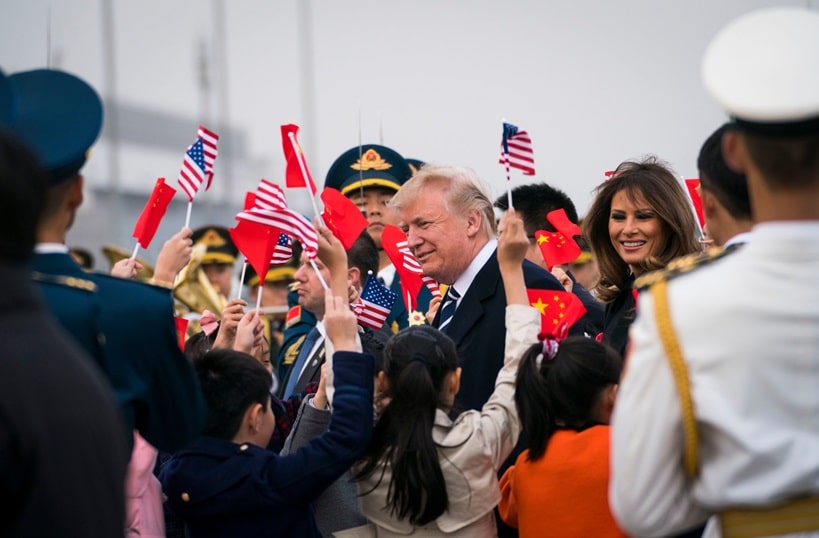华盛顿线下线上会议:特朗普2.0,中美关系向何处去?
- 活动
- China-Focus-Editor
- 25/11/2024
- 0
由中美研究中心和卡特中心联合举办的“特朗普2.0,中美关系向何处去?”(Trump 2.0: Will U.S.-China Relations Prosper, Suffer or Muddle Through?)将于2024年12月12日上午9点至下午5点在华盛顿特区的乔治敦万豪酒店举行(Georgetown Marriott Hotel, Washington, D.C.
Metropolitan Ballroom, 2nd Floor)。

本次会议的主旨发言人为中国驻美国使馆公使邱文星(开幕式)和美中关系全国委员会主席欧伦斯(午餐)。会议的四个单元分别是“中美地缘政治与安全较量”、“中美科学与技术竞争”、“第三方视角里的美中关系”和“中美人文交流的去向”。
会议英文简介:
On January 20, 2025, the United States of America’s 45th president will also become its 47th president. As its 45th president, Donald Trump had declared China to be a revisionist power that was engaged in long term strategic competition with the United States in his administration’s National Security Strategy of December 2017. Over the next three years, he imposed hard-hitting Section 301 tariffs on China, technology denials and sanctions on firms ranging from Huawei to TikTok, and launched a controversial ‘China Initiative’ to root out perceived economic espionage and intellectual property theft by Beijing. Political, economic and people-to-people ties suffered during this period of disruption, and which was turbocharged following the spread of the COVID-19 virus to America’s shores in March 2020. All along during his time in office though, Mr. Trump maintained a cordial relationship with President Xi Jinping. With his dealmaking instincts and unconventional diplomatic style, a ‘Phase One’ trade agreement was signed with Beijing and a leader-to-leader channel of peacemaking opened on the Korean Peninsula.
As he returns to the Oval Office as America’s 47th president, Donald Trump has threatened to impose even higher tariffs on China. His disruptive approach to politics and policy, furthermore, threaten to destabilize the Biden-Xi consensus that was forged at the Bali G20 Summit in November 2022 and consolidated a year later at the Leaders Meeting in Woodside, California. Will the ‘San Francisco Vision’ that Biden and Xi forged be relegated now to the dustbin of history? Can the two sides candidly coexist over the next four years and embed their ‘new normal’ era of strategic competition within a durable strategic framework? Or is intense bilateral strategic rivalry inevitable? Will the decoupling in trade and technology ties become irreversible? Or is there an opportunity for Chinese inbound investment to stimulate the creation of good manufacturing jobs in Trump’s Middle America in the industries of the future, such as electric vehicles and battery storage systems? Can the two sides continue to manage their differences over the South China Sea and the Korean Peninsula as well as the interpretive gap between their respective One China Policy and One China Principle? Or will Taiwan become the critical node in the U.S.’ major power rivalry with — and containment of — China? How have the U.S.’ allies, partners, neutrals and adversaries in the Indo-Pacific region reacted to Trump’s return to the White House? What are their choices, expectations and anxieties? And will people-to-people ties — scientific, academic, cultural and recreational — serve as a ballast to the bilateral relationship? Or will racially coded attacks and mutual suspicion accentuate polarization between these two great countries and societies?








